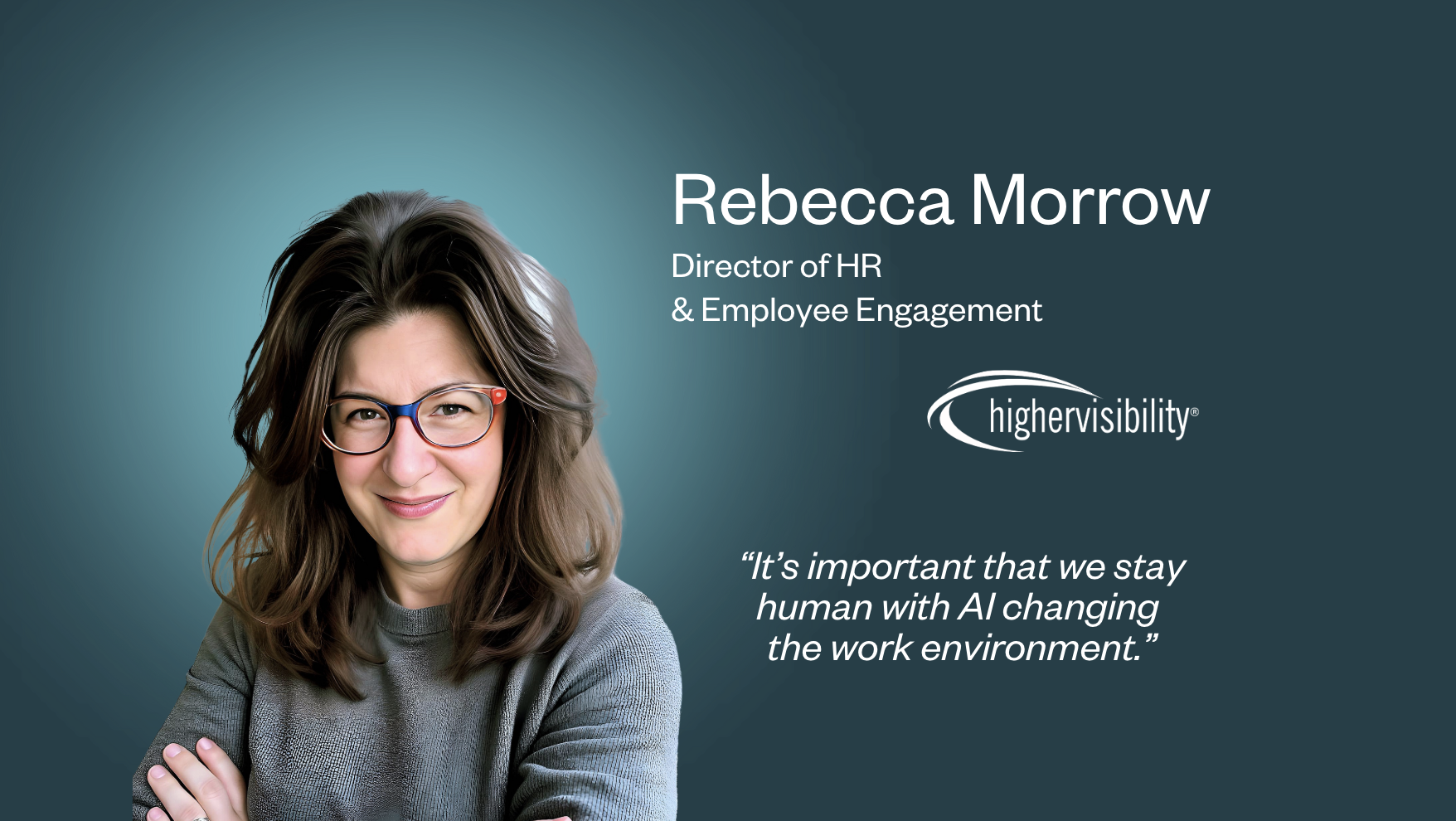When we think of a leader, we usually think of a CEO, founder, political or religious figure.
These are all familiar images of what we think constitutes a “leader”, but they reflect roles instead of behaviours. Leadership doesn’t start when we acquire a certain position; it starts when we have the ability to influence, deal with challenges effectively and stay ahead of the curve.
Anyone with the right mindset can be a leader.
Leadership development programs fail when they overlook the fundamental role of mindset, and that leadership can come from anywhere and not only the top. Mindset is how we see ourselves in our professional and personal life, it’s what we believe about who we are.
When we start to shift our mindset to that of a leader, we start to behave, and be seen, as a leader.
Organisations and senior management can expand their impact when they inspire others to think and act as leaders. An important first step is to cultivate a “leadership mindset” within your team.
Here is how you can work towards this:
1. Embrace discomfort
Korn Ferry’s 2018 study on thought leadership and mindset shows that those who have a “specialist mindset” and believe that their success largely depends on their technical expertise, have narrow career paths and hit a plateau early on in their careers.
In contrast, those who believe that their success depends more on functional and social skills, tend to be more open to a wider range of opportunities, and reach senior roles more frequently.
Allow your people to work outside their expertise and experiment with new roles and skills to help develop changes in their mindset. For instance, organisations can encourage employees to take short assignments in new functions, where they don’t rely on prior experience.
They can pick up new skills and understand that they don’t necessarily have to rely on their core expertise to contribute effectively.
2. Create opportunities for cross-team interactions
A critical part of developing new mindsets is to give people opportunities to work with different teams and find role models outside of their current professional circle.
This can be done by opening up virtual communication channels for team bonding and discussion opportunities. When employees are given the opportunity to share their ideas and perspectives, they feel like a valued and empowered part of their organisation.
3. Delegate to develop
Managers often end up delegating tasks and responsibilities to their employees to help reduce their own work-load. This can lead to missed opportunities to truly strengthen and empower your teams and employees. Instead, delegate tasks and responsibilities to grow and strengthen the capabilities of your employees.
This might be difficult at first for those who are used to overseeing everything, but trust in the abilities of your colleagues and you will benefit from the power of teamwork!
4. Commit to a coaching culture
Helping employees create a positive narrative about themselves is essential to develop a leadership mindset. A coach can help employees find meaning in their work. Research by Theeboom et.al. (2013) shows that coaching can boost critical leadership capabilities by 20-30%. Coaching is personalised to every employee’s unique needs.
By listening, asking questions and creating accountability, coaches empower employees to take ownership, make effective decisions and use their strengths to make successful contributions at work.
We can empower individuals and teams to achieve great things. Shared leadership allows people to work together on a common ground for a common goal. True leadership is multidimensional, and anyone who is committed to making a positive difference, irrespective of their role, is a leader.



